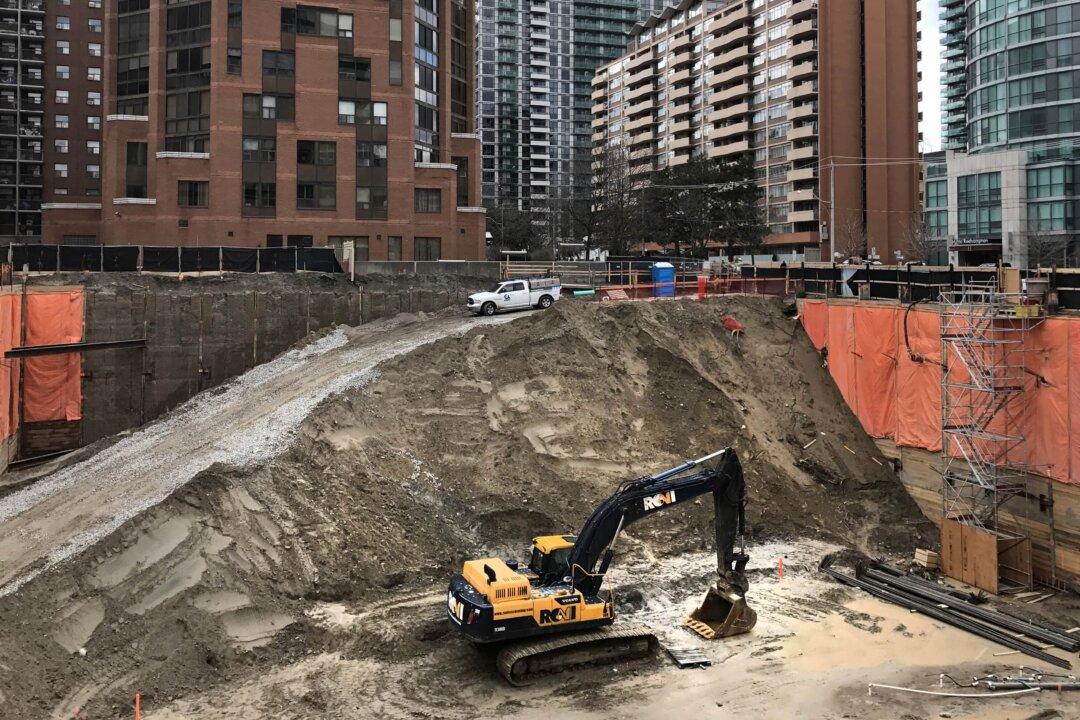The drop is significant in the context of Housing Minister Sean Fraser’s commitment to accelerate the pace of home construction, as first covered by Blacklock’s Reporter.
Data released on Jan. 16 shows a reduction in housing starts in urban areas with populations of 10,000 and over, falling from 240,590 in 2022 to 223,513 in 2023. The decline encompasses various types of new construction, including condominiums and apartment buildings. Particularly notable is the 25 percent decrease in the construction of single detached homes.
The latest figures follow Mr. Fraser’s comments to reporters a day earlier, in which he emphasized the importance of new construction for housing affordability and underscored the relationship between population growth and housing market dynamics.
“We need to build the housing to accommodate population growth,” he said during a Jan. 15 press conference.
“I don’t think anybody needs a briefing note to understand that having more people in the housing market impacts the housing market.”
Housing Shortage
In a June 2022 CMHC report, “Canada’s Housing Supply Shortages: Estimating What Is Needed to Solve Canada’s Housing Affordability Crisis by 2030,” the national housing agency said that 3.5 million new homes in addition to current construction levels are needed by 2030 to restore affordability. Meeting the goal would require the unprecedented construction of 741,000 homes annually until the end of the decade.“There are many factors that contribute to housing production, including things like interest rate trajectories, the availability of skilled labour, local conditions that really impact housing delivery,” said Ms. Bowers.
The lack of an overall plan was further highlighted during an exchange with Senator Elizabeth Marshall, where Ms. Bowers said, “My understanding is it’s in development.”
Prices were either down or unchanged in 25 of the 27 census metropolitan areas surveyed that month, StatCan said. Prices for new homes decreased the most in Sherbrooke, Que., at 1.2 percent; St. John’s, N.L., 1 percent; and Hamilton, Ontario, also 1 percent. Builders in those cities attributed the decline in prices to sluggish market conditions, according to StatCan.







